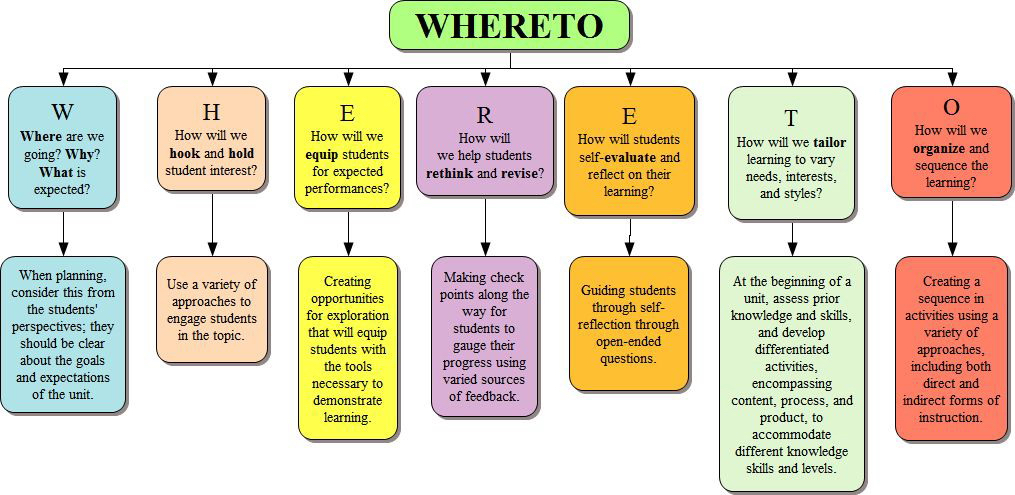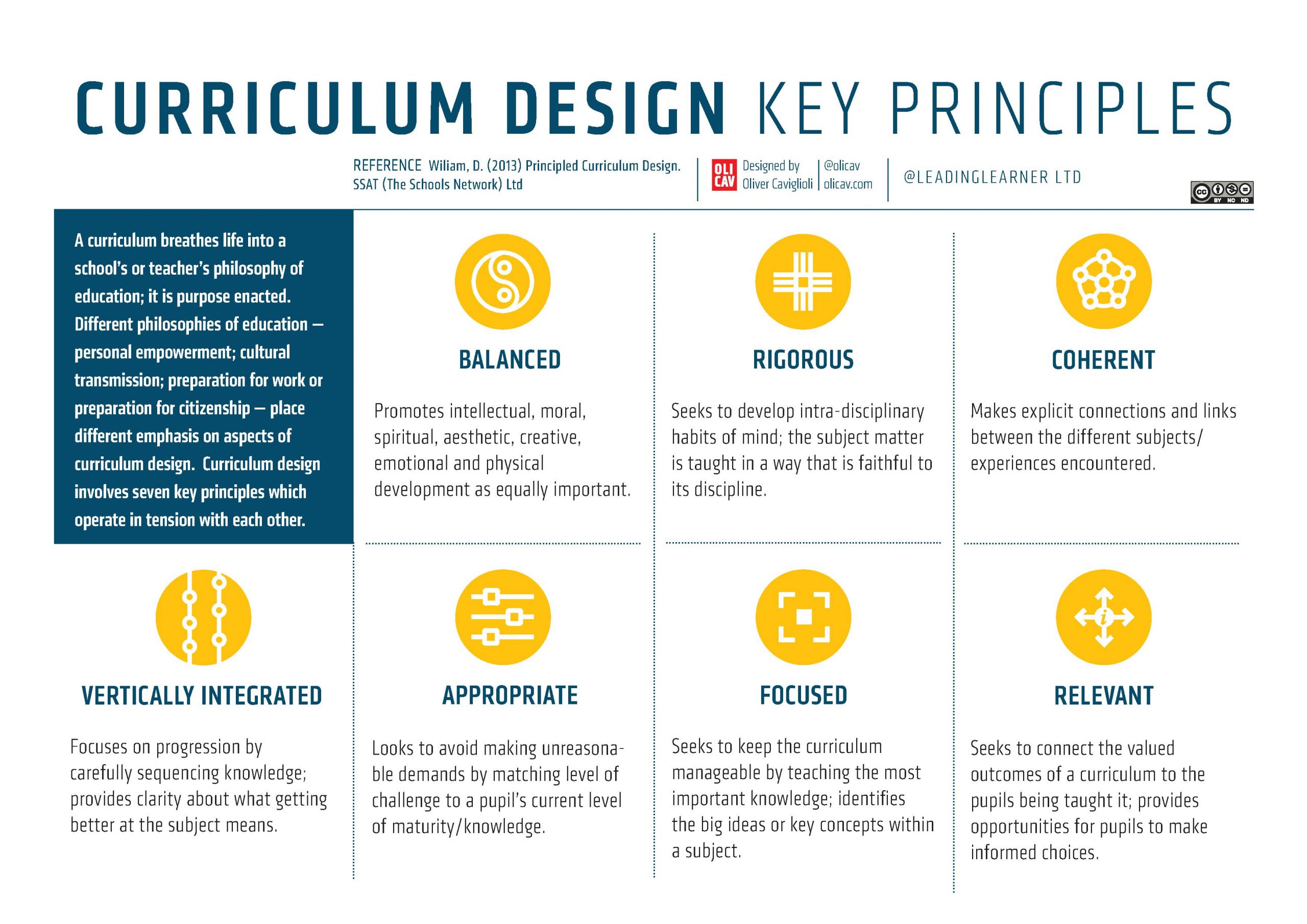10 Chapter 10: Curriculum Mini-Units

Guiding Questions for Chapter 10:
- How does my curriculum unit represent my ideas about curriculum, instruction, and assessment?
Thinking Through a Mini-Unit
“Teachers are designers. An essential act of our profession is the design of curriculum and learning experiences to meet specified purposes. . . Like other design professions, such as architecture, engineering, or graphic arts, designers in education must be mindful of their audiences [e.g., children, parents, administrators]. . . We are not free to teach any topic we choose. Rather, we are guided by national, state, district, or institutional standards that specify what students should know and be able to do. . . In addition to external standards, we also consider the needs of our students when designing learning experiences.”
–Grant Wiggins and Jay McTighe, Understanding by Design

Overview
Effective teaching is rarely accidental. Most often, effective teaching is the result of the thoughtful execution of a well-crafted plan—one that carefully considers the needs of the students, clearly addresses standards, and is consistent with educational theory and practice. Designing meaningful, relevant, engaging, and coherent learning experiences for children is one of the most important aspects of effective teaching. As in other professions, the first few times you do something are often the most difficult; but they also provide the foundation from which you will grow as a curriculum planner. The purpose of this chapter is to help you think about the design of a unit of instruction—one that is reflective of your emerging beliefs about teaching, learning, and students. While this represents a considerable challenge for most students, it is also an opportunity to synthesize, deepen, and refine your thinking about curriculum, instruction, and assessment.
Such curriculum projects should illustrate your thinking about teaching, learning, students, and your subject area. Creating a unit helps you synthesize knowledge, skills, and dispositions learned throughout this course–and in future courses–and will help you to further develop a framework from which you can make sound teaching judgments.
Creating Units
As a teacher, you will be responsible to write units on various themes, topics, or questions you will be responsible for teaching. You may want to integrate content from other subject areas to enrich your unit. As you create units, you should consider including the following:
(1) Title.
(2) Overview. Overview include demographic information about students, subject, grade level and school as well as a general description of the unit.
(3) Rationale. Rationale should clearly explain your thinking about the unit. Why is this unit important in the development of elementary or secondary students? What factors helped you decide on content and learning activities? How is your unit consistent with your beliefs about teaching and learning?
(4) Annotated List of Unit Resources. A list of resources should clearly describe unique resources used for the unit and why they were selected.
(5) Central Question/Statement. This question or statement should be the focus of the entire unit.
(6) Lesson Plans. Lesson plans should be written at a level that another teacher could use them to teach from. Your lesson plans should adhere to the guidelines presented in class.
(7) Assessment Tool/Evaluation. Your curriculum projects should include at least one assessment tool you intend to use during the unit. You should create this tool.

